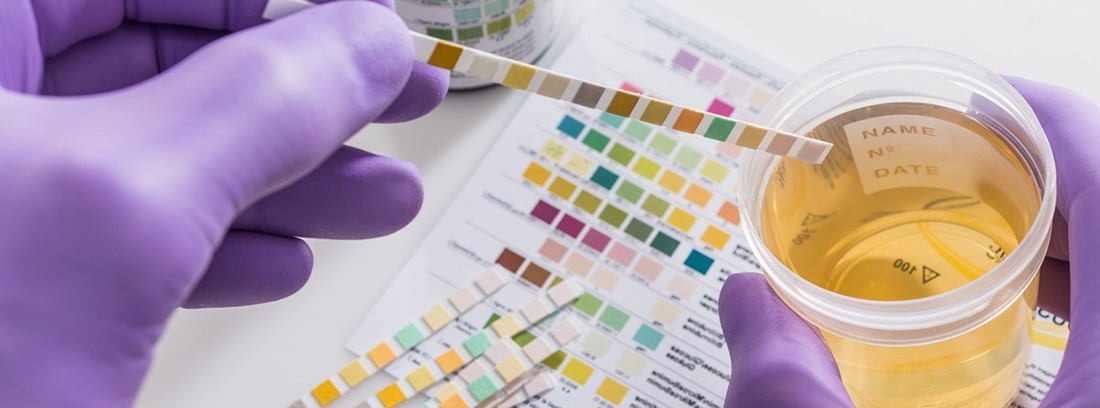Leukocytes in urine, what does it mean?

Urine is light yellow in color and, depending on its concentration, it may take on a color light yellow, if it is diluted or dark yellow, if it is concentrated. At other times, it may have a cloudy appearance if there are cells or crystals in it or if certain medications are being taken as the urine could be stained by them. The presence of an excessive number of leukocytes or white blood cells in the urine is called "leukocyturia."
Under abnormal conditions, the most common white blood cells in the urine are neutrophils or granulocytes, being less common to find lymphocytes, monocytes or eosinophils.
Causes of the presence of leukocytes in the urine
When the results of a urinalysis determine the presence of leukocytes in the blood (five or more), it is considered something unusual and an indication of infection, such as cystitis or pyelonephritis. Above all, if it is accompanied by other symptoms such as burning when urinating, cloudy or foul-smelling urine, pain, weakness and fatigue (especially in women and older people), fever ... If, in addition, on the test strip there are positive nitrites , the infection can be much higher.
Diagnosis and treatment
To detect if you have white blood cells in the urine, the most widely used test is the; Non-invasive diagnostic test to detect systemic or genitourinary tract diseases. This test includes various studies:
- Physico-chemical analysis: can be done using test strips whose results are read according to color changes.
- Urinary sediment: it is the study of a urine sample and its components to look for abnormal elements that help to diagnose certain diseases. The presence of cells (red blood cells or red blood cells, white blood cells or leukocytes ...), germs or crystals…
- Urine culture: a germ must grow in it to definitively affirm that an infection exists.
What is your treatment?
What is done is to treat the cause that causes the leukocyturia, antibiotics will be administered in case of infection, anti-inflammatories in inflammatory diseases, etc ...
(Updated at Apr 14 / 2024)